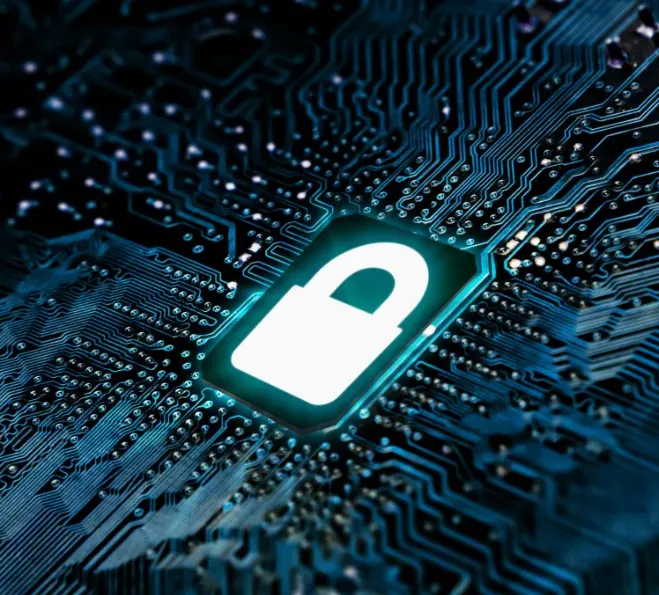In today’s rapidly evolving cryptocurrency landscape, one of the most important concepts gaining traction is multichain self-custody. Simply put, this means taking control of your digital assets across various blockchains without relying on third-party custodians. It’s like holding the keys to your own bank accounts, except you’re managing crypto assets across multiple platforms like Ethereum, Solana, Aptos, and beyond. As the crypto space grows, so does the need for individuals to maintain control over their private keys. Here’s why multichain self-custody matters and how it can benefit you.
What is Multichain Self-Custody?
Multichain self-custody refers to the ability to manage your cryptocurrency assets across different blockchains independently. Instead of relying on exchanges such as Coinbase or Binance to manage your assets, you keep full control of your private keys — the critical passwords that allow you to access and move your crypto. With wallets like MetaMask, Ledger, and Phantom, you can easily interact with various blockchain networks. Whether you’re trading on Ethereum, collecting NFTs on Solana, or exploring newer chains like Aptos and Sui, a multichain wallet allows you to do it all seamlessly from one platform.
Why Self-Custody is More Secure Than Third-Party Services
The downfall of centralized platforms like FTX and BlockFi has shown us just how risky it can be to trust third-party custodians. With self-custody, you are in complete control of your assets, avoiding the vulnerabilities that come with relying on exchanges. Here’s a breakdown of the key differences:
| Aspect | Self-Custody | Third-Party Custody |
|---|---|---|
| Private Key Control | You retain full control of your private keys. | A third party manages your private keys, relying on their security. |
| Security | Eliminates counterparty risks but requires careful management. | Exposed to platform hacks, insolvency, or regulatory issues. |
| Autonomy | Complete independence — you decide how to manage your assets. | Subject to the custodian’s rules, policies, and fees. |
| Transparency | Full transparency since you control the keys and the decisions. | Limited transparency about how assets are handled. |
| Risk of Loss | High personal responsibility—losing your keys means losing your assets. | Lower personal responsibility, but risks come from external issues like hacks. |
| Ease of Use | Requires technical knowledge and diligence. | Easier for non-technical users, with added support and features. |
While self-custody places a significant responsibility on the individual to keep their keys secure, it removes the risk of centralized failures. For those who prefer full control, this trade-off can be worth the effort.
The Simplicity of Multichain Wallets
Modern multichain wallets make it easier to manage assets across different blockchains. With tools like MetaMask, Trust Wallet, and Phantom, you can:
- Swap Tokens Across Chains: Effortlessly exchange assets between different blockchain networks without the need for multiple wallets.
- Secure Your NFTs: Store and manage digital assets like NFTs in a unified space, no matter the blockchain.
- Access DApps: Connect directly to decentralized applications (DApps) across supported blockchains.
Some wallets even integrate messaging features, allowing crypto transactions to happen as easily as sending a text message. This kind of integration offers a mix of control and convenience, making it easier than ever to manage your crypto portfolio.
Risks You Should Be Aware Of
Self-custody comes with its own set of challenges, and it’s important to recognize these risks:
- Lost Keys, Lost Assets: If you misplace your private keys, there’s no central authority to recover them, meaning your assets are gone forever.
- Bridge Vulnerabilities: Moving assets between blockchains involves using bridges, which can be vulnerable to attacks, as seen with the $600 million Ronin Bridge hack.
- User Mistakes: With multiple wallets and chains to manage, the likelihood of making errors increases — such as sending funds to the wrong address or choosing the wrong network.
- Learning Curve: For beginners, managing private keys and securing wallets can be a daunting task. Without proper guidance, it can be intimidating to get started.
To reduce these risks, consider using hardware wallets like Ledger or Trezor for enhanced security, storing backups of your private keys offline, and double-checking all transaction details before confirming transfers.
Final Thoughts
Multichain self-custody is not just a technical advancement; it’s a fundamental shift in how we approach digital asset management. By retaining control over your private keys and using multichain wallets, you can take full advantage of the opportunities across different blockchain ecosystems, all while minimizing risks associated with third-party custody.
The future of multichain self-custody looks promising, with innovations such as unified wallet interfaces (like ERC-4337) that simplify the management of multiple wallets and make cross-chain transfers as easy as swiping a credit card abroad. These developments will make self-custody not only more secure but also more accessible, even for users who aren’t technically inclined.
In the world of cryptocurrency, remember: Not your keys, not your crypto. Whether you’re a DeFi enthusiast, an NFT collector, or someone looking to diversify their investments, embracing multichain self-custody gives you the power to own your digital assets with confidence.







